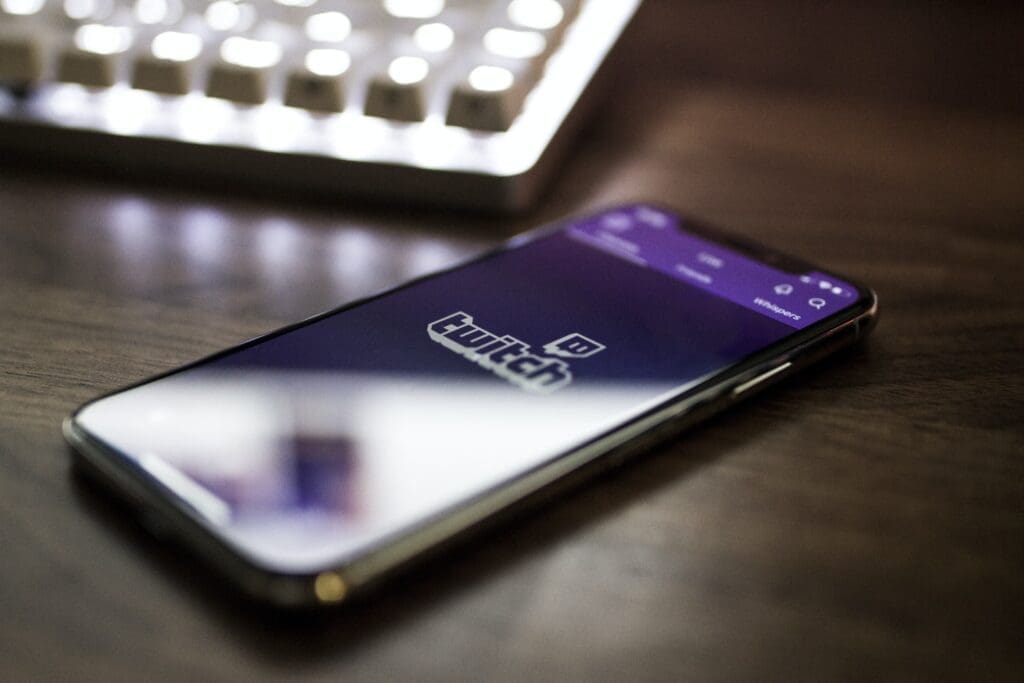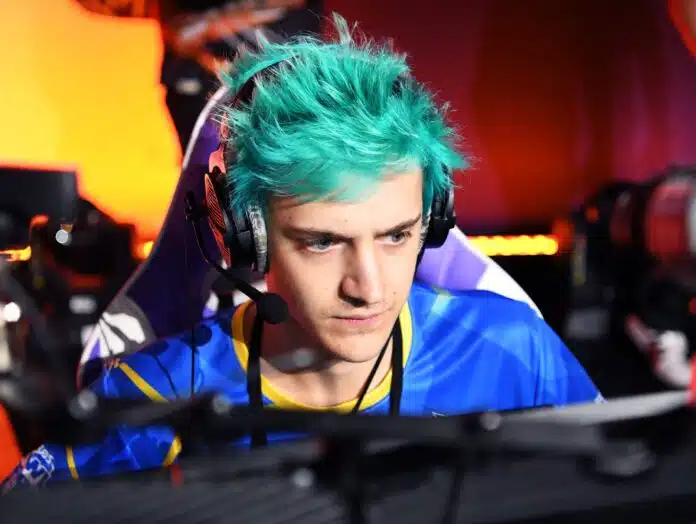While esports have been around in some form or another since the dawn of the video game market, the regulation and organization of global esports leagues, esports teams, and esports professionals (who make comparable salaries to physical sports pros), has led to a boom in the industry in the past decade. Between 2016 and 2017, esports viewership boomed by 19.3% to 335 million regular, annual viewers.
Some estimates predict that by next year, 2021, viewership will balloon to 557 million regular users. However, these figures aren’t only determined by viewers who want to watch a particular game, like the popular Dota 2 or Fortnite. Instead, these numbers are also indicative of the rise of esports awareness in general. Around 1.57 billion people had heard of esports in 2019, largely through platforms YouTube and Twitch.tv streams, and with content posted by esports teams, leagues, or individual players.
League of Legends (LoL) and Counter Strike: Global Offensive (CSGO) have a firm grip on the esports industry, but Fortnite certainly isn’t losing out. Competitions and esports betting focus on LoL and CSGO, but of the $138 billion net worth of esports gaming in 2018, Fortnite has carved out a comfortable net worth of $2 billion—and that’s not including the money the game makes from the regulation of leagues and other endorsement activity.

However, it’s important to consider the rise of the individual streamer alongside specific games. While streamer personalities are largely professional gamers, they’re usually more memorable than teams that stream their competitions or practice runs. Take Ninja, for example, a late-twenties American who has a net worth of about $10 million from streaming Fortnite alone.
Tyler Blevins, better known as Ninja, began his streaming career in 2011 as one of the first Halo players who decided to take his gaming to a live stream. At the time, he was working at a chain restaurant and didn’t necessarily see a future in posting his gaming play online. However, he was soon making up to $100 per day by streaming his Halo playing on Twitch.tv, which was a brand-new platform in 2011.

Before Ninja eventually moved to the competing platform Mixer, he was making up to $1 million per month just from having his 200,000 subscribers pay to watch him play. A few years later, in 2017, his follower count was up to 11 million people. While Twitch took a cut from this profit, Ninja was also making considerable money from ads that his 23 million YouTube subscribers saw on his page. At this time, Ninja was honored by two awards in 2018: Personality of the Year and Streamer of the Year at the annual Esports Awards.
However, Ninja didn’t stay with Twitch as a streaming platform. Instead, he transitioned to their competitor, Mixer, in 2019 for a deal between $20 and $30 million. Ninja’s move to Mixer wasn’t just a business move — it was a lifestyle move, which enabled the mega-popular streamer to take a break from being on-camera constantly. In fact, Ninja once cited losing 40,000 subscribers on Twitch after choosing not to post on his stream for a mere two days.
While many considered this move undesirable based on Twitch’s popularity, others have noted Ninja’s success in directing his own career and profession.
After all, the rise of the esports celebrity is largely being led by personalities like Ninja. In December of 2019, Ninja partnered with Adidas to release a sneaker and set of joggers, marking one of the first, but certainly not the last, forays between mega-brands like Adidas and emerging esports personalities like Ninja.




